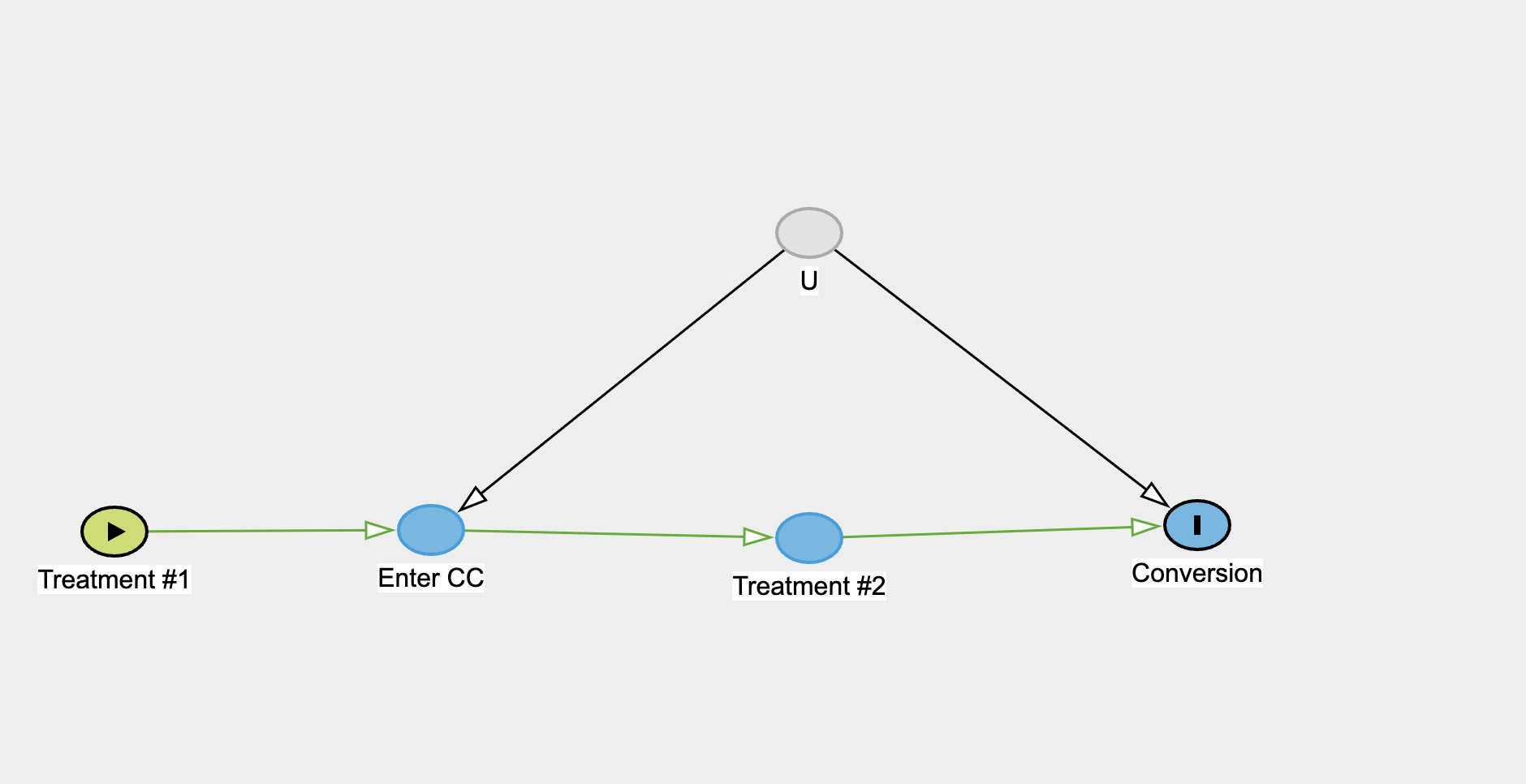Suppose I run AB testing for a website that does subscription business. The company offers a free trial for 7 days before automatically enrolling users to subscriptions and charging them unless they cancel before the trial ends.
The treatment is trial reminder message at the checkout page and a push notification before trial ends. Users arrive at the checkout page will enter the experiment (only test group will see the trial reminder message on checkout page and get notification after), but they will only start trial after they finished checkout by entering their credit card.
If we want to look at the impact on cancellation rate and average charge per user, do I use all users in the experiment as the denominator or only those who started the trial for both cancellation rate and average charge per user?
I feel we should use everyone in the experiment as denominator, but only those who started trial can cancel, hence using those who started trial can give us better measure of cancellation rate. However, if users starting trial at different rate between test and control group, I would have biased result for cancellation rate if I only include those who started trial?

